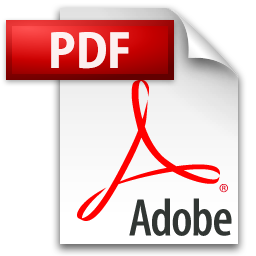Ogun State Water Corporation (OGSWC) is the agency responsible for the provision of water to the people of Ogun State. In its efforts to monitor the volume of water supplied to residential and commercial buildings, as well as manage demand and improve cost recovery, it introduced conventional and pre-paid metering to Abeokuta in 2013 and 2015 respectively. As a result of the differences in the operations of the metering systems and their users, this study compares the consumption of respective users in different areas of Abeokuta, as well as the cost recovery from the use of the meters. The study utilized available water consumption data and revenue generated per household per month of pre-paid and conventional meter users for a period of three years, 2015 - 2018. The total area covered by public water supply in Abeokuta was grouped into seven and data compilation was done using Microsoft Excel; one-way ANOVA was used to determine if there were statistical differences between the data groups. Results indicate that the average annual consumption of pre-paid water users was 36,384 m3, while that of conventional water users was 230,496 m3. Areas around Elega and Mawuko had the highest average monthly water consumption of 19,069 m3 and 88,929 m3 respectively for pre-paid and conventional meter users, while areas around Ita-Oshin and Adigbe had the least of 336 m3 and 1,335 m3 respectively, indicating an inverse relationship between water consumed/supplied with the distance from the source of supply. A total sum of N13,491,200 was generated from the pre-paid meter users while a total sum of N5,325,470 was the balance yet to be paid by conventional meter users for the period of three years the research work covered. ANOVA results showed that there were significant differences between the data groups. It is, therefore, concluded that the pre-paid water meter type can sustain the agency better than the conventional meter type, since the total water consumed by a user can easily be accounted for by a pre-paid meter unlike the conventional water meter that does not ensure a full recovery of the incurred water bill.
KEYWORDS: Conventional water meter, Water Consumption, Cost Recovery, Ogun State, Pre-paid water meter.

